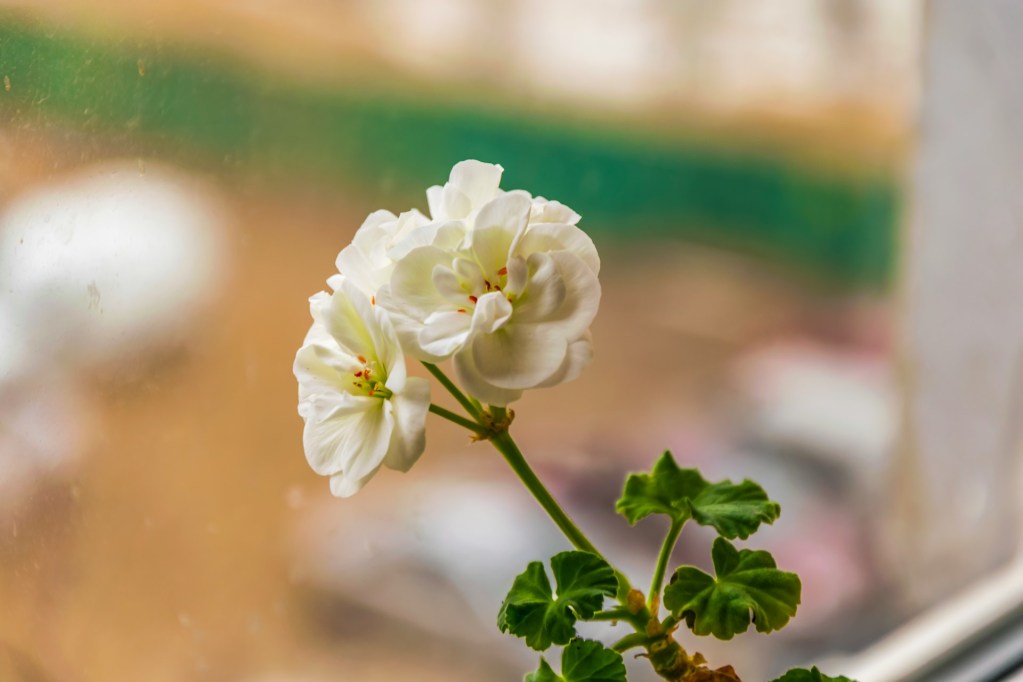
Come spring, geraniums are some of the loveliest flowers that you can put out in your garden, no matter if you have them in flower beds or hanging flower baskets. They’re also very low maintenance, as they can withstand drought and are easy to grow alongside other blooms. If you’re new to growing this lovely bloom, here’s a foolproof geranium care guide to help you ensure vibrant, productive flowers.

What are geraniums?
If you’re looking for a common garden geranium with a sweet scent, be sure to look for plants in the Pelargonium genus, as cranesbill flowers are also called geraniums. Native to southern Africa, plants in the Pelargonium genus feature rounded, fragrant leaves with showy five-petaled flowers in attractive colors such as pink, purple, and white.
Geraniums are most often annuals in the U.S., but you could be lucky enough to grow them as perennials if you live in zones 10 or 11. When grown as annuals, they should be planted outside after the last frost has passed. If you live somewhere cold, it’s actually a sound idea to overwinter your plants if temperatures drop below 45 degrees Fahrenheit.

General geranium care tips
When it comes to geranium maintenance, you want to keep two things at the top of your mind: giving them full sun exposure and being careful not to overwater them. In general, geraniums need four to six hours of full sun a day. While you can grow them in some shade, their growth will be a bit slower in low-light conditions. They also notoriously hate wet feet, so you want to keep them in well-draining soil and go easy on the watering. As a rule of thumb, the top inch of soil should feel dry to the touch before you reach for your watering can.
When feeding geraniums, it’s important to note that they benefit from bloom-boosting fertilizers. They especially appreciate plant food during the growing season, during which you should consider giving your geraniums a weekly or biweekly application of a 7-9-5 fertilizer. If you have a geranium plant with slow growth, it may require a more rigorous fertilizing schedule.
In addition to giving a slow-growing geranium plant food, check to see if its roots are too crowded. Geraniums benefit from being divided every three years, but you may need to divide them more often if you keep them in a small bed or container.

What to do with your geraniums after they flower
It’s very easy to deadhead geraniums, and the great thing about tidying them up is that you won’t even need scissors or shears. When you notice your geranium flowers looking sad and spent, you can simply trace your finger down to the base of the stem and snap it right off. When you cut your plant back, you can expect your geraniums to continue blooming from late spring through late fall.
If you do have a pair of scissors handy from deadheading, you could actually propagate your geranium from softwood cuttings. Pelargonium flowers can also grow from seeds, but you just have to be patient with the longer seed-growing process.
With ample sunlight, light watering, and routine maintenance, you should be able to enjoy your geranium flowers all throughout the growing season. Come winter, you can even bring your plant inside to keep it lush throughout the cold-weather season.



